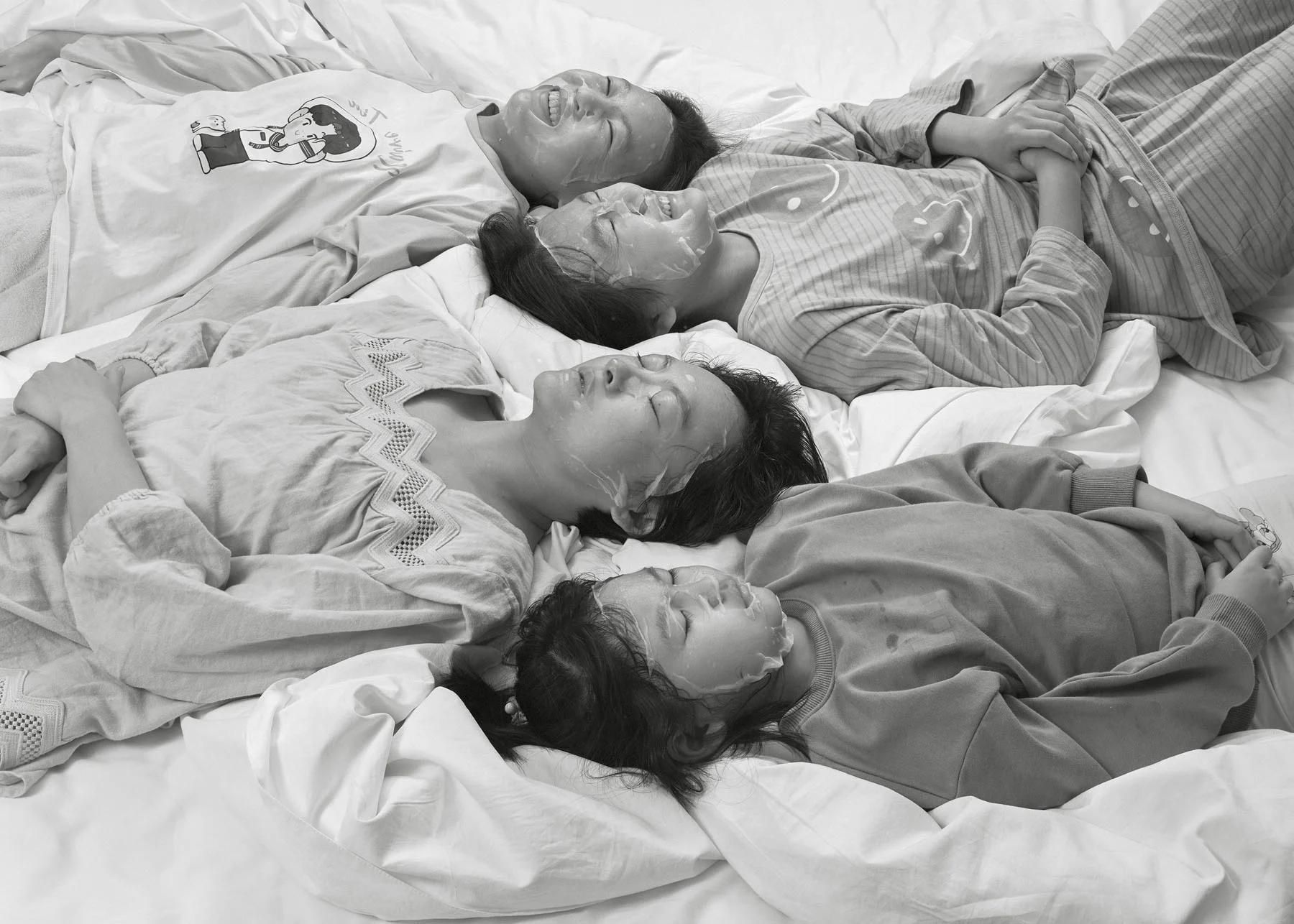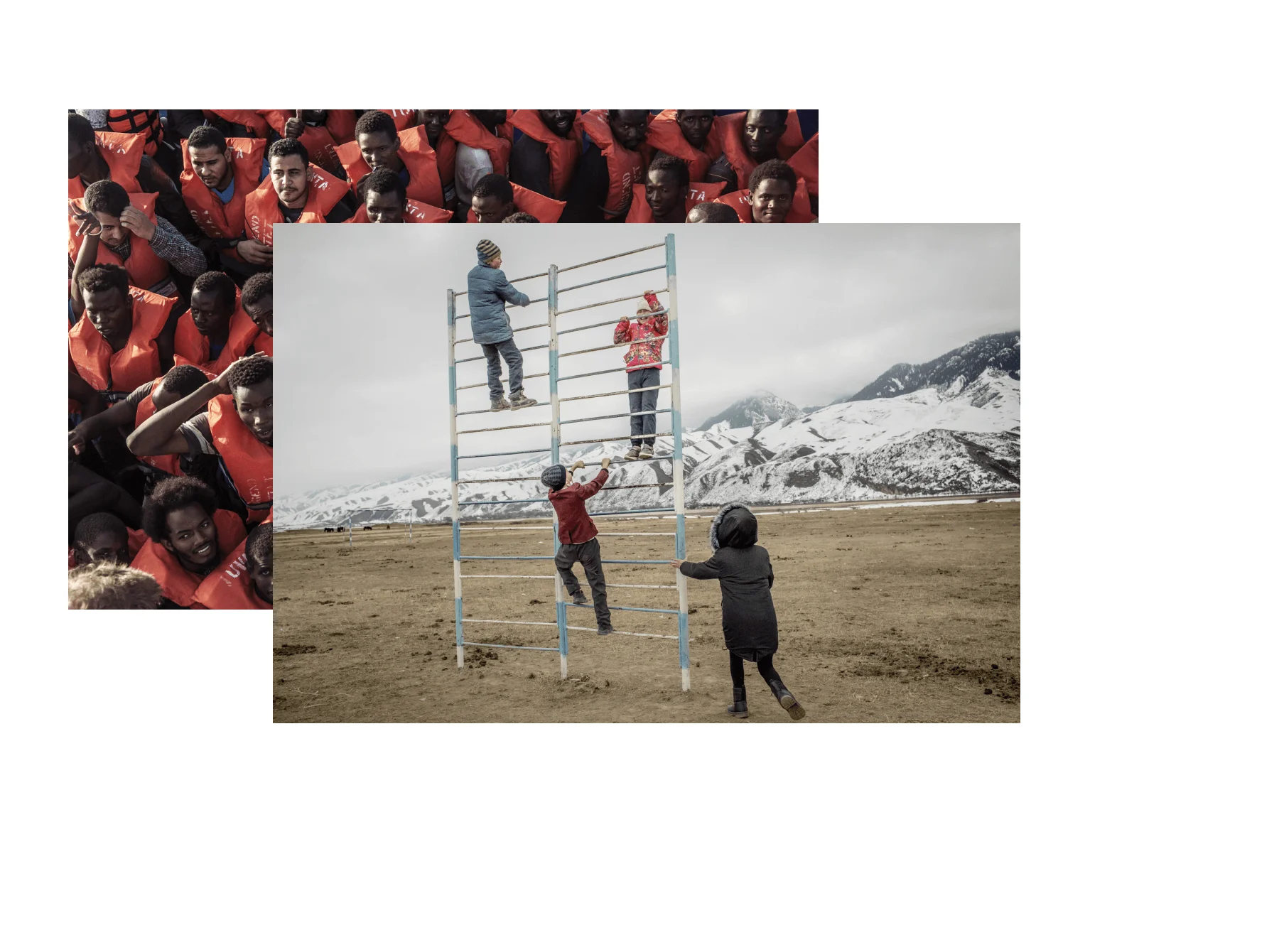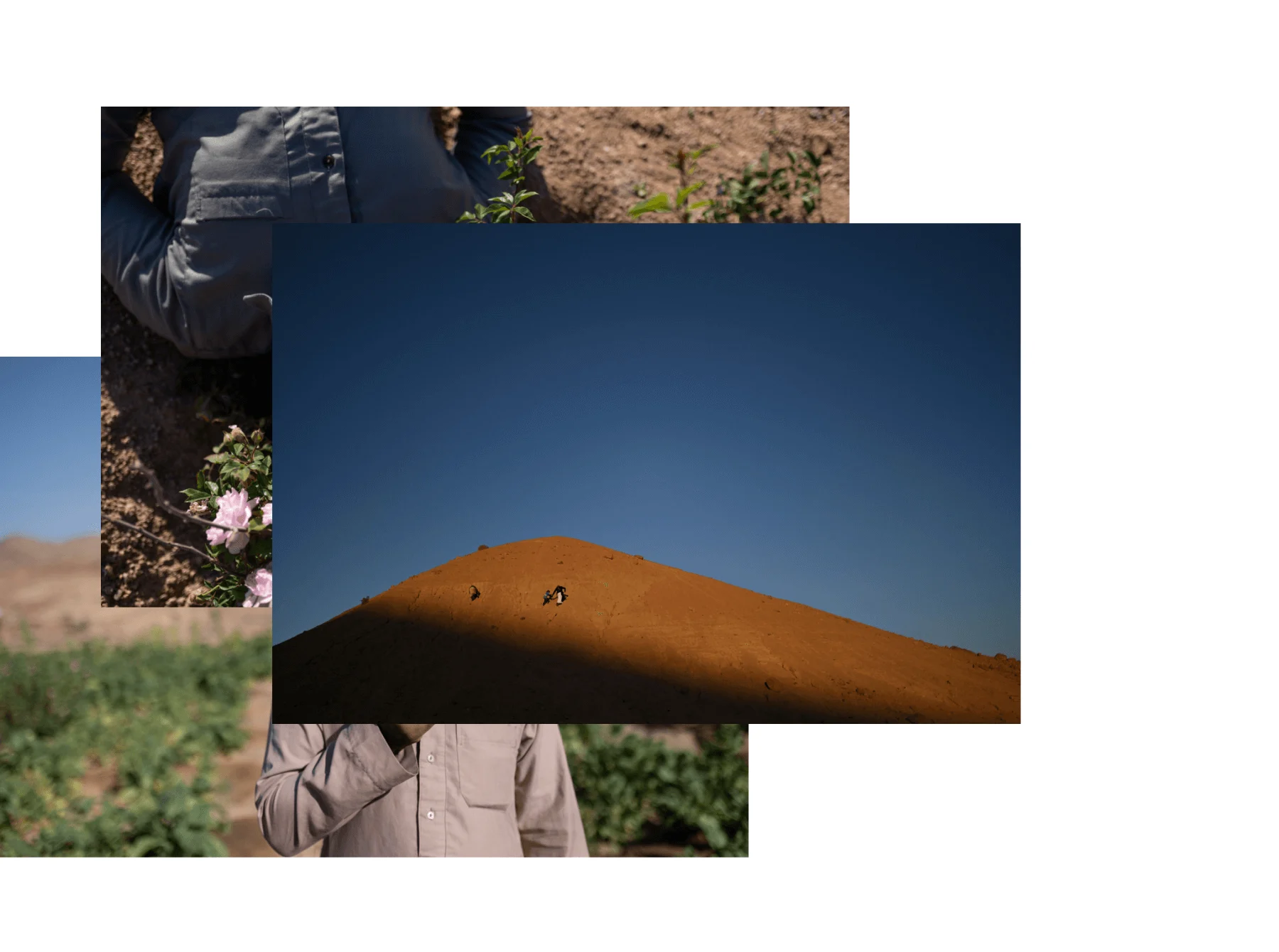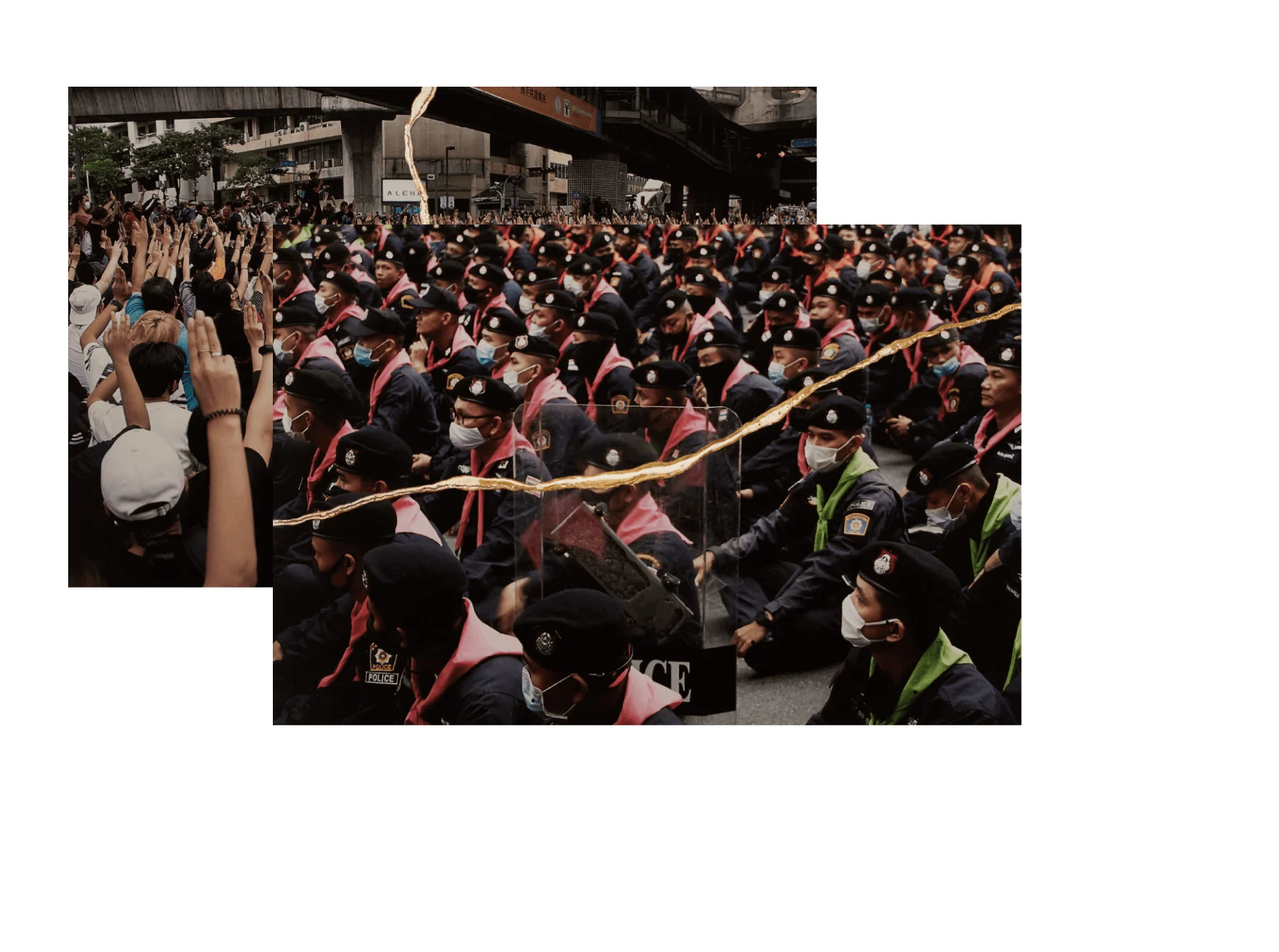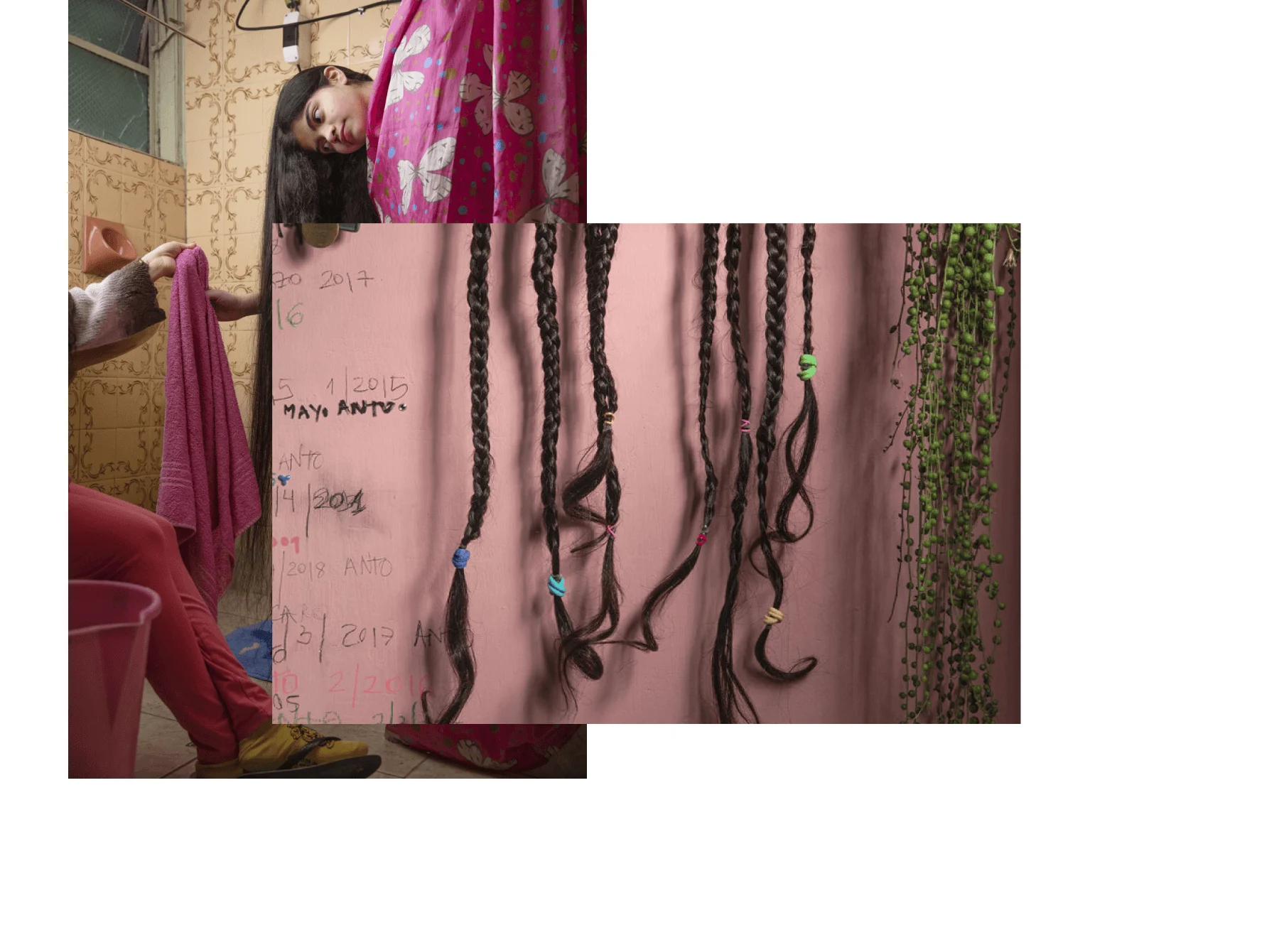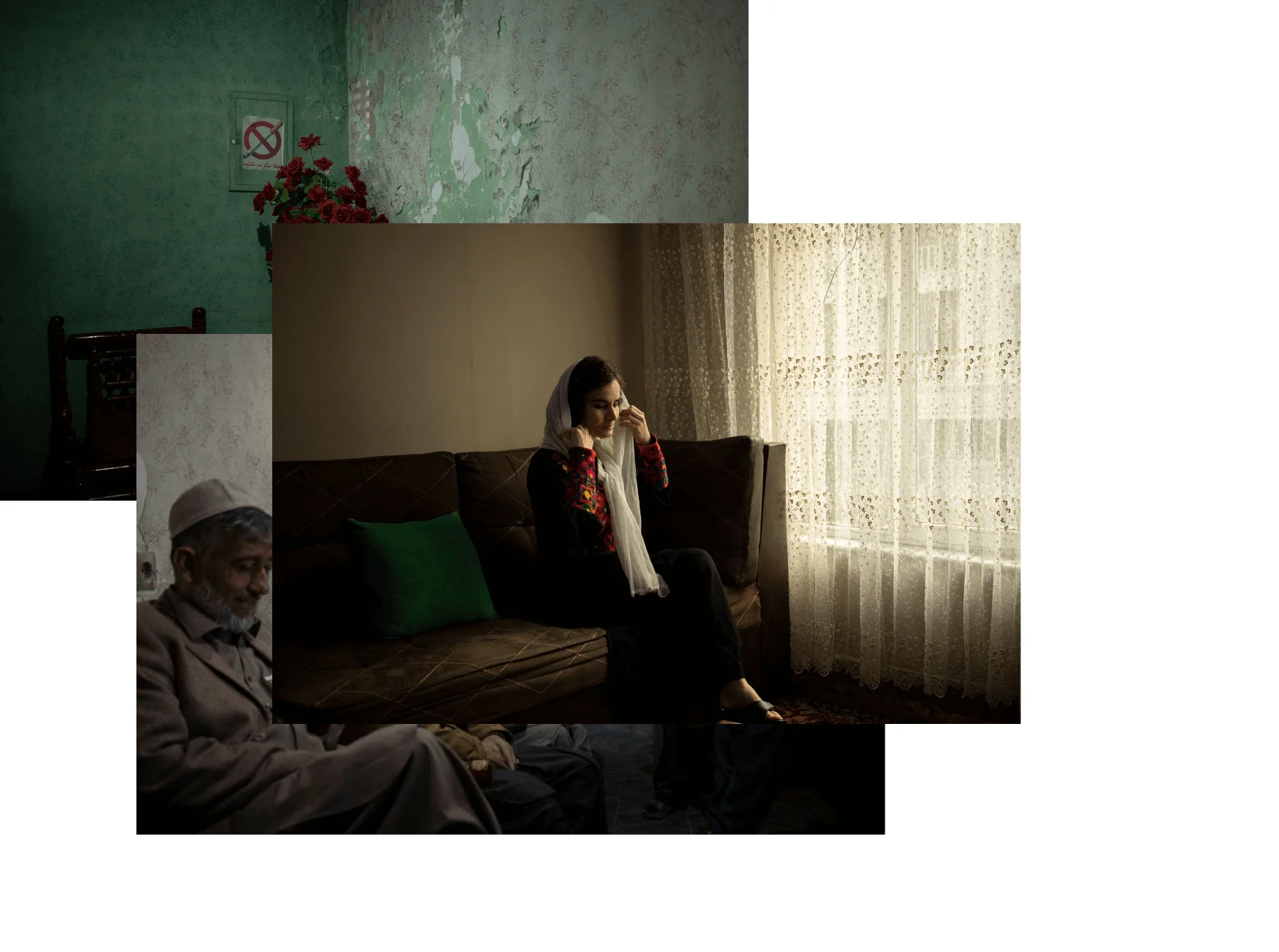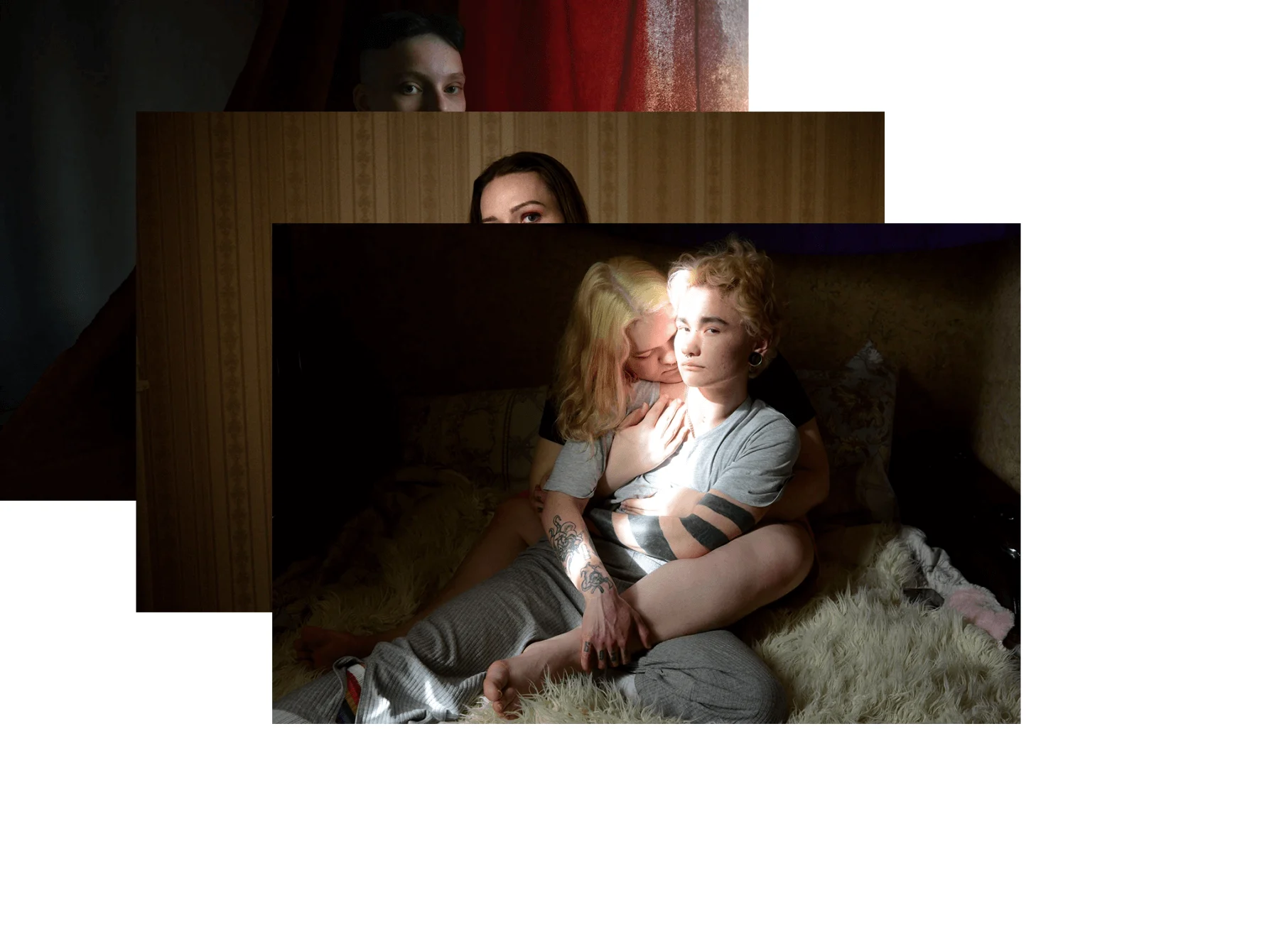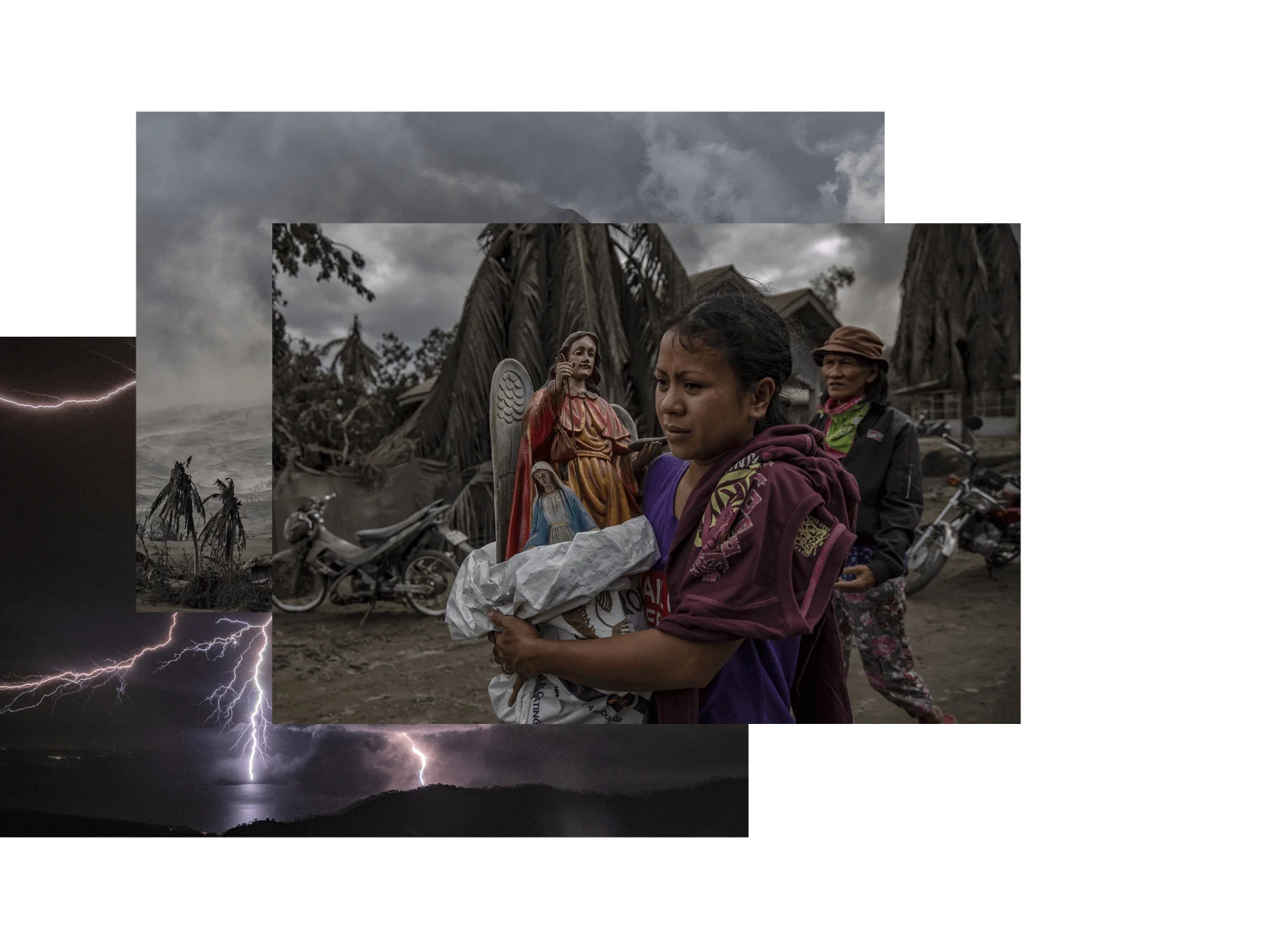
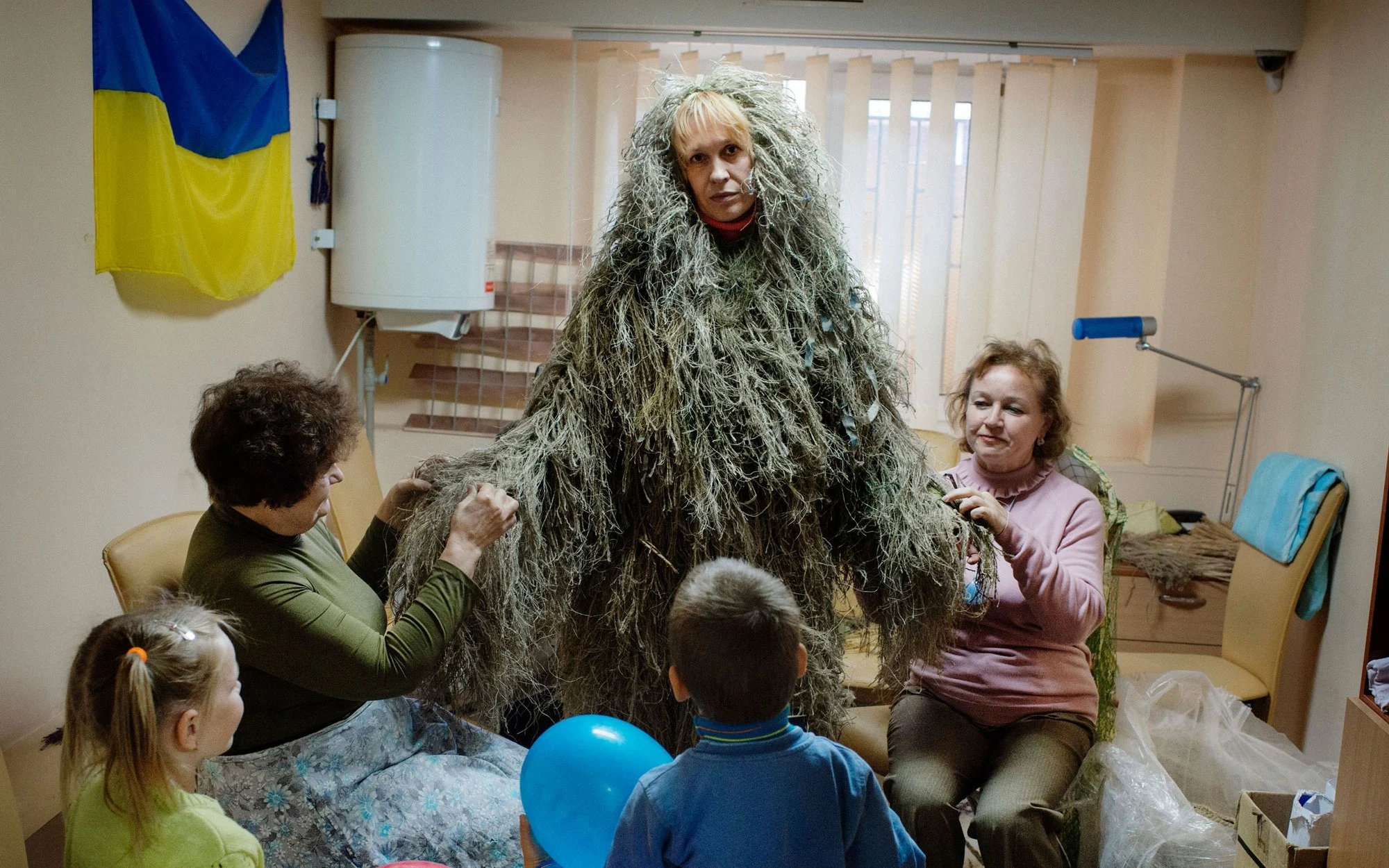
Struck by the history and collective memory of Chernobyl, French documentary photographer Guillaume Herbaut has been returning to Ukraine for more than 20 years. Over two decades, he has captured the rise and fall of communities caught in the crossfire of revolutions, wars, and recoveries. For his series, “Ukraine Crisis,” he shines a light on the people and places fighting for their futures long before the world watched Russia launch a military invasion on 24 February, 2022.
All images copyright Guillaume Herbaut / Agence VU'
Since 2016, we’ve partnered with the World Press Photo awards to tell the stories behind the best photojournalism around, in the photographers’ own words. See the whole series here.
The opinions expressed in this first-person interview are those of the photographer and do not necessarily reflect those of WeTransfer.

“I started photographing Ukraine in 2001. My first trip was to Chernobyl and it was a big shock for me—not just Chernobyl itself, but also the country. Everything was impacted: the people, the landscape, all of the ambience. I usually say that I’m a kid of the Cold War; when I was a kid we were very threatened by bombs and the idea of the Third World War—that’s why Ukraine became so important for me.
I saw the country change and fight for democracy. The Orange Revolution in 2004 was a very optimistic time for people who wanted change. However, in 2010, under President Yanukovych, it became clear that the country was still linked to Russia, and in the streets I saw the violence start to rise.

Usually with my work, I spend a long time on one story, so I get to know people very well when I photograph them, but during a war it’s difficult to have time to talk a lot with people and to see them multiple times. I try, if possible, to come back to the same place, to see the people and hear their news, and the news from the city. Around 13,000 people died between 2014 and 2020, mainly in Donbass. That’s why I continued to go to Ukraine, so that people won't forget this war.
But now? I was in Kyiv maybe three weeks ago and I felt sure that it would be impossible for a major war to break out in Ukraine. I don’t know how it will evolve—it’s impossible to know. When the war started I was flooded with feelings, because I have many friends in Ukraine and it was such a big shock. It’s clear in my mind that I will continue to photograph this place.”
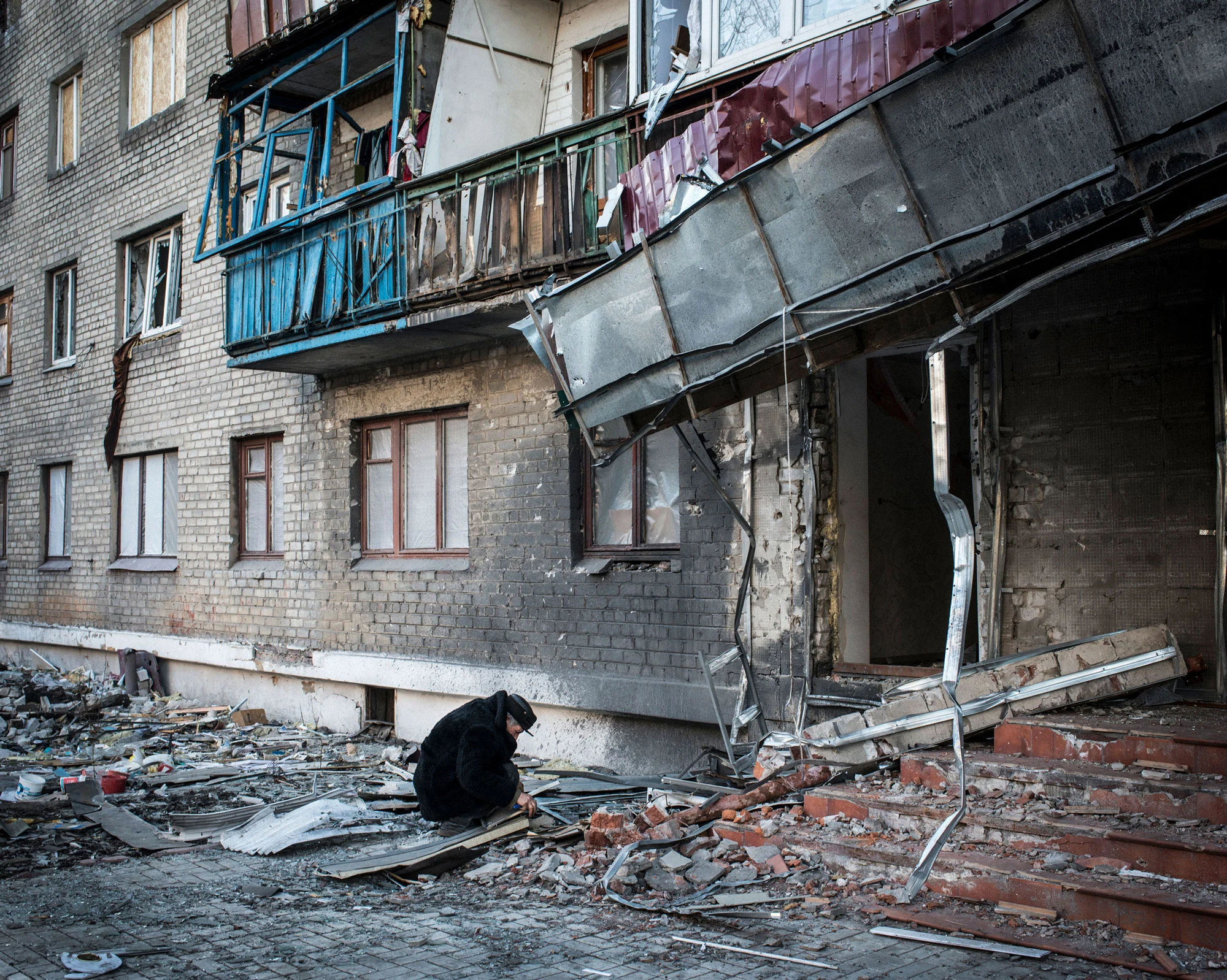
“This is an old man whose apartment was just destroyed by an airstrike, and he’s trying to find something in the rubble. What can I say? It was a very intense time; it was a time when separatists ruled Debaltseve. After I shot this picture, I spoke with him—we went into the building, and he showed me his apartment, and we talked and talked. It was the only time I saw him. It was impossible for me to come back again, because it’s in a separatist pro-Russian area and they didn’t authorize my return.”

“This was Mariupol in 2014, not far from the front line, and people were training and preparing for an invasion by the Russians. I was part of an organization which helped the military collect equipment for Ukrainian soldiers, and this woman had made a camouflage uniform for a sniper to use. It was bizarre because it looked just like a party—I saw the two kids with the colorful balloons as if they were at a costume party. I tried to show something that felt like fiction with this picture—of course, there was the serious reality of what they were doing, but it looked as though they were just gathering to make costumes for a fun event.”
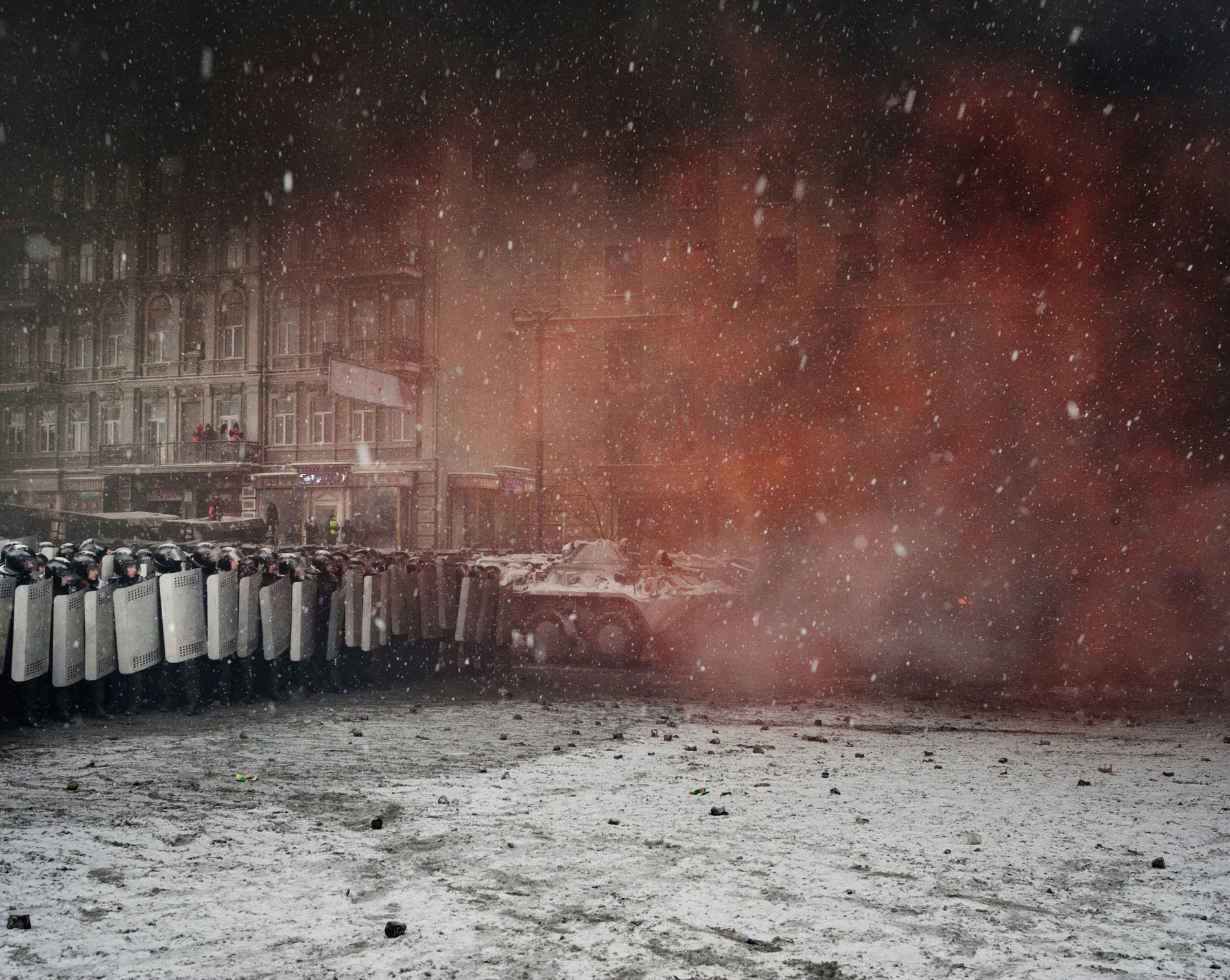
“This was Hrushevskoho Street in Kyiv in January where there were violent confrontations between law enforcement and pro-EU protesters. The special anti-riot units, the Berkuts, used weapons against the masses, and this was the first day that there were many deaths. I was shot with a rubber bullet, and I saw them shoot at people with shotguns; I was so close to them, and watched the police take out their guns and shoot people. We [Guillaume and other journalists] followed the policemen up the street and we came to a place where they were facing the demonstrators; there were just a few meters between them. The demonstrators were making barricades with tires, and all the journalists were stuck between the two lines. At that very moment it started to snow, and the combination of the fire, the smoke from the burning tires, and the snow created this strange and particular light and color in the picture.”
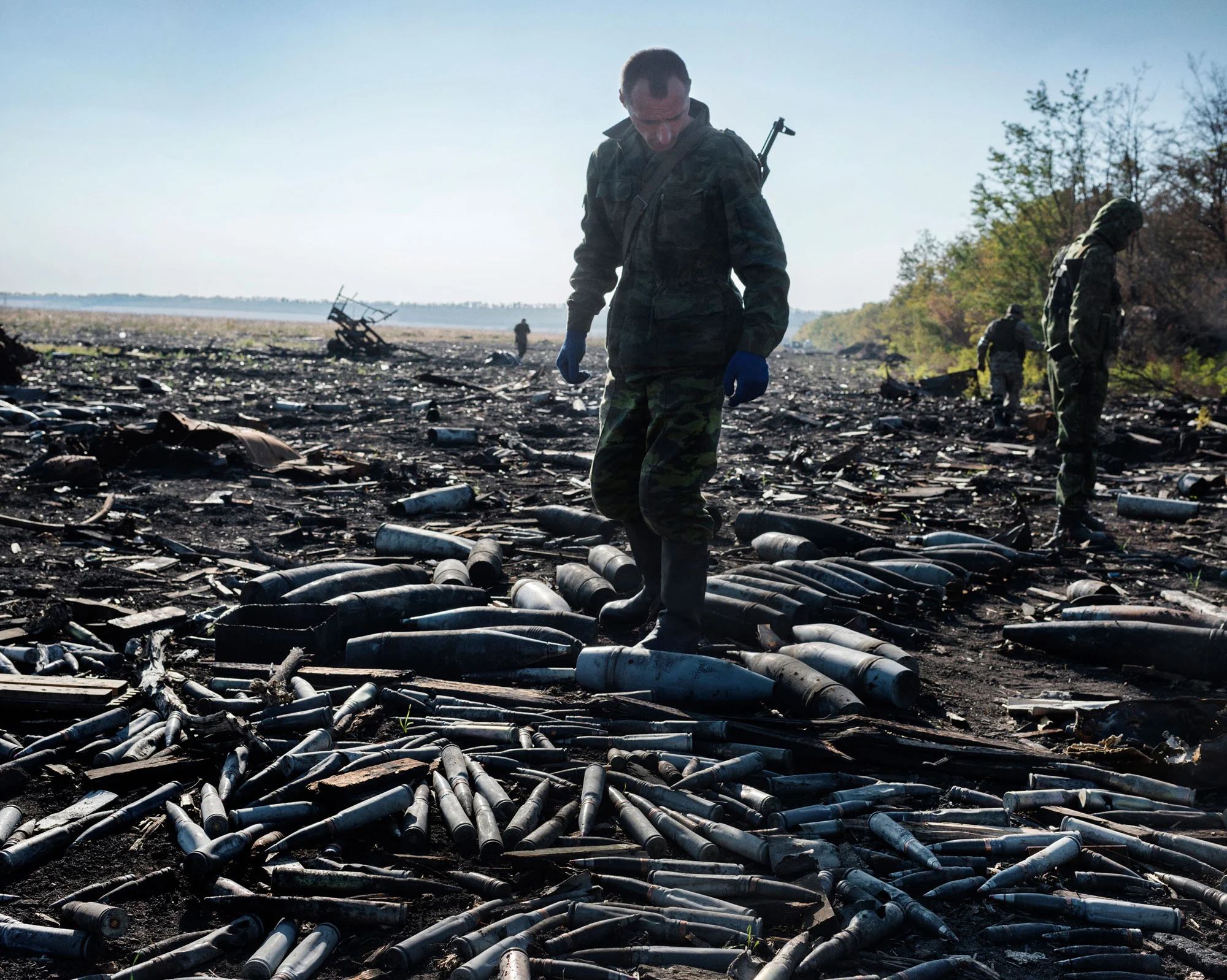
“This was taken after a big fight in Amvrosiivka. I was driving with my fixer, and we saw this field covered in artillery shells. We were completely alone, and we started to work in the middle of this field surrounded by bombs; it was extremely dangerous but at the time we weren’t conscious of this—we just didn’t think. After some time we saw men from the military separatist forces approaching in a car. They stopped to have a look at which bombs were undetonated and could be used one more time, deciding which ones to keep. We stayed with them, they accepted us, and I got the shot.”
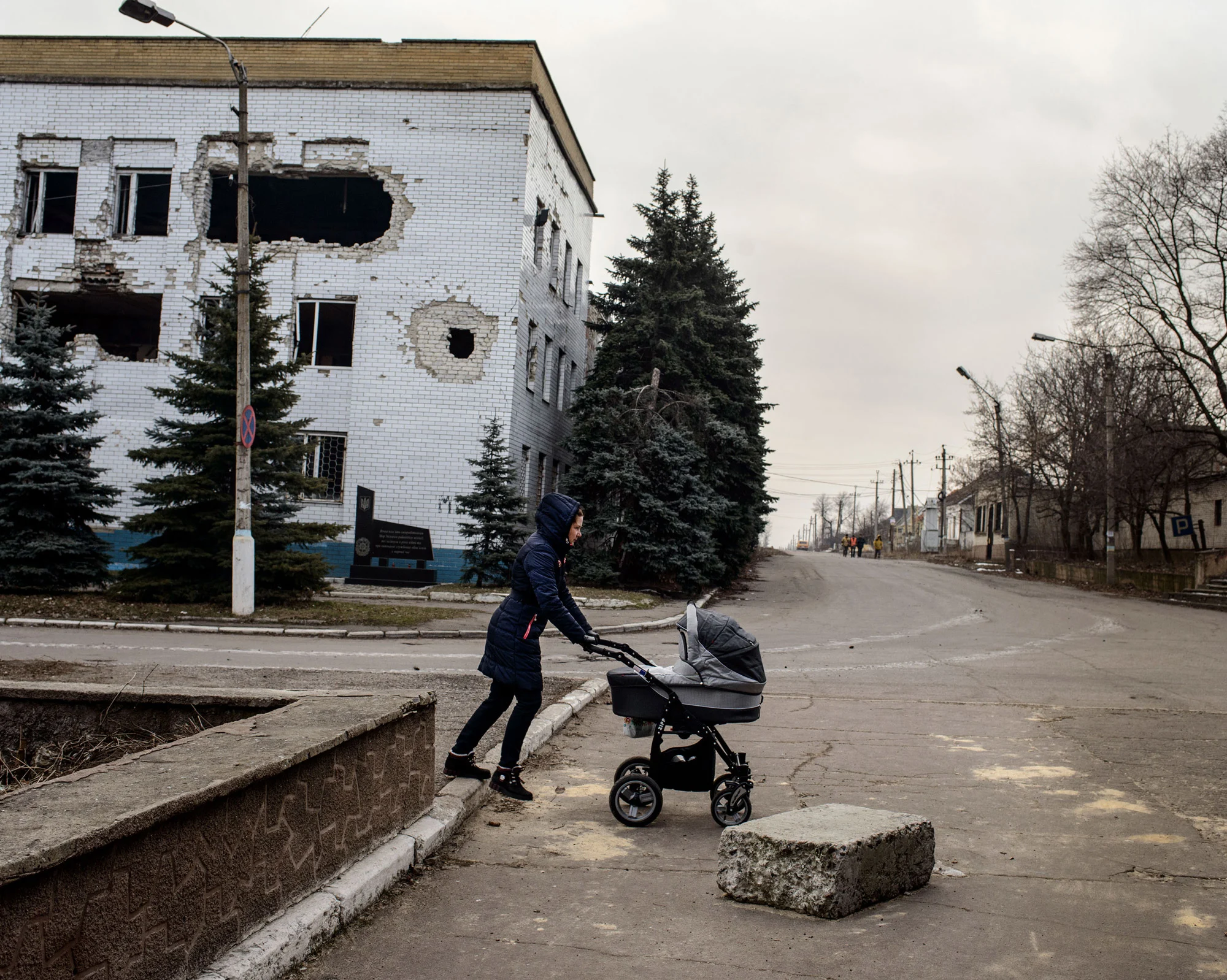
“This was in Marinka, a big city on the front line. This street where she walks was Lenin street. Where she is, it’s safe, but if you go forward any further you will walk directly into the war; after 500 meters you’ll find the front line. People continue to live in the street with kids, many of them injured by guns, by bombs, and by flying metal.”






